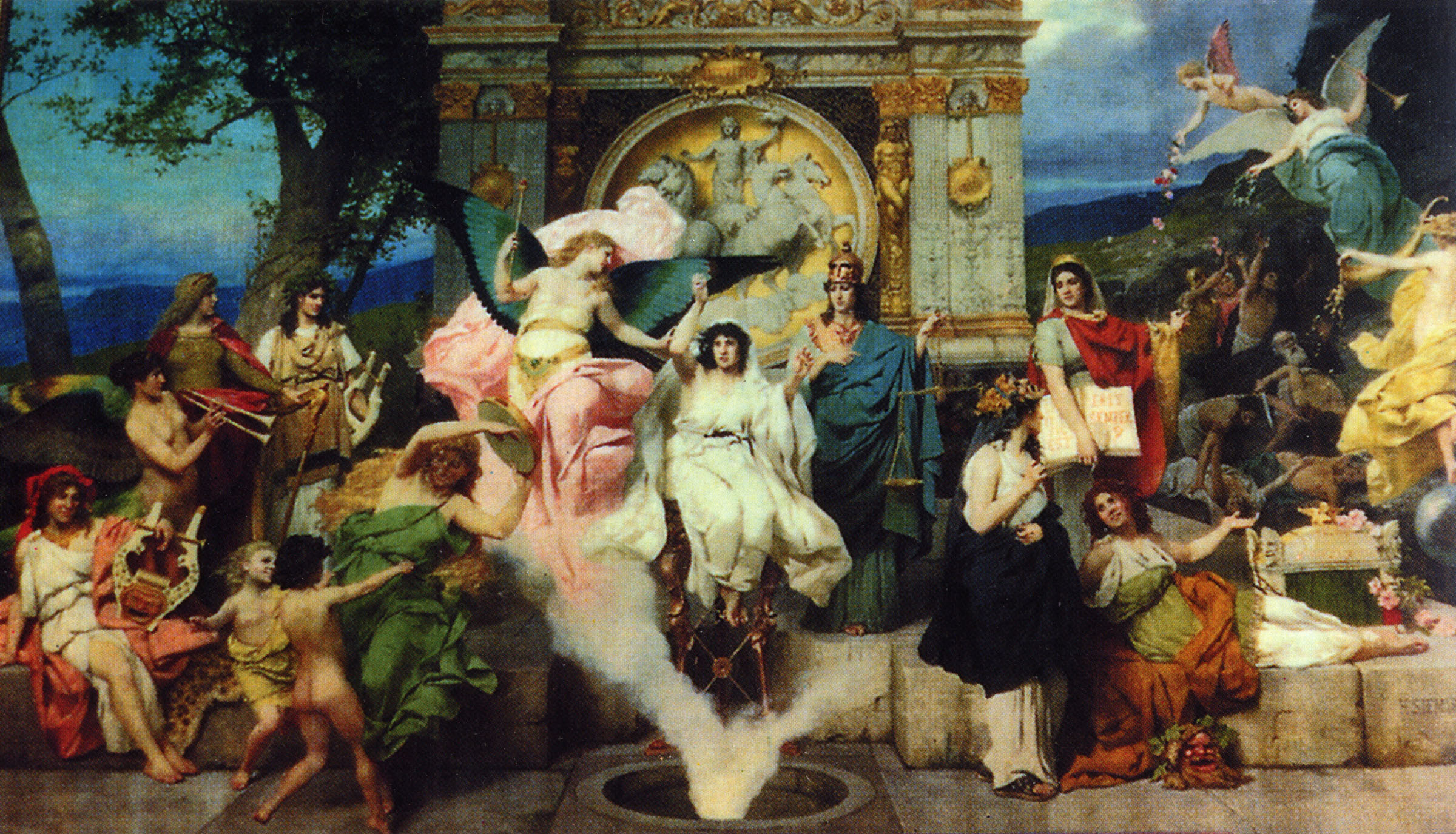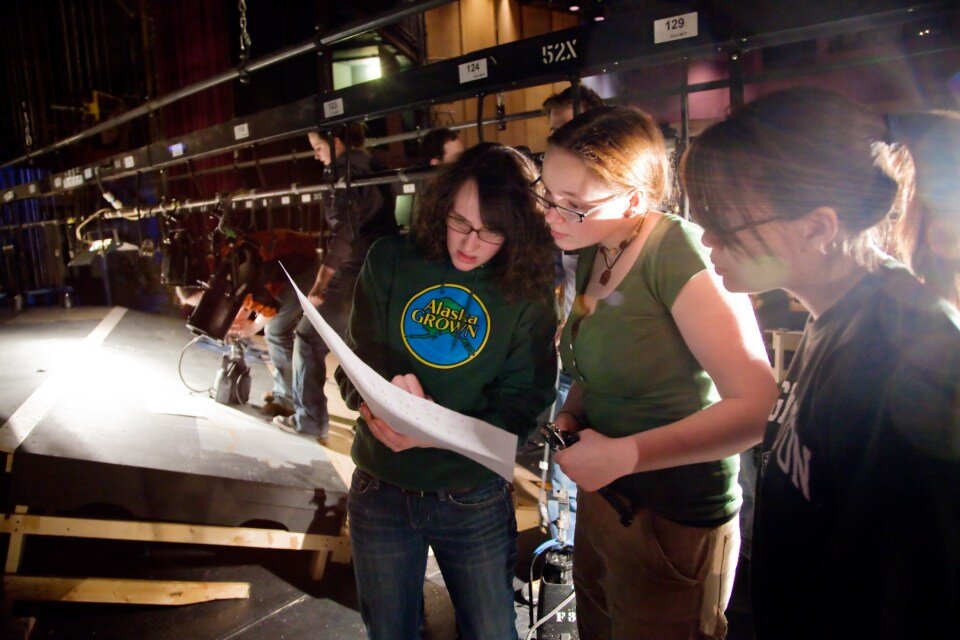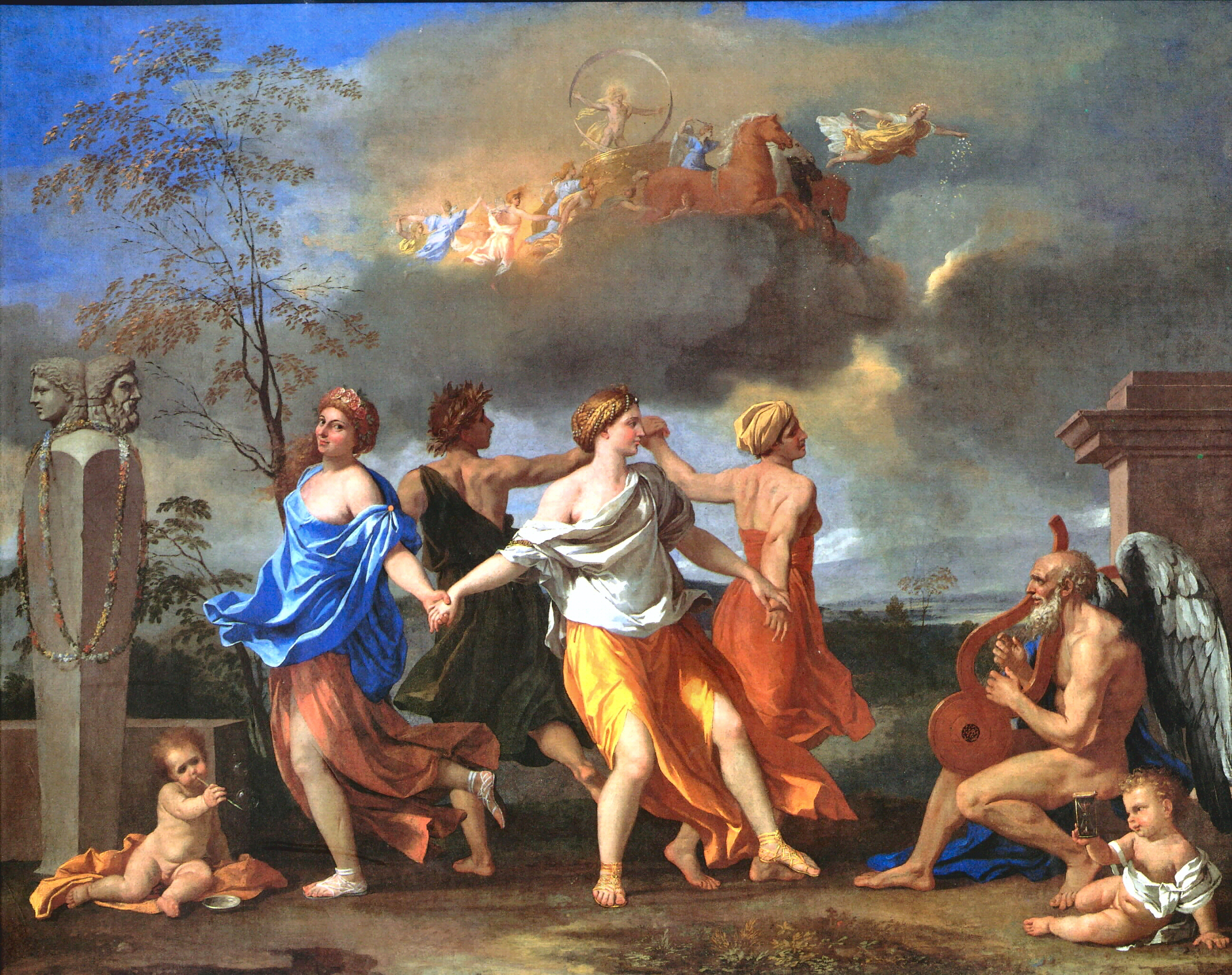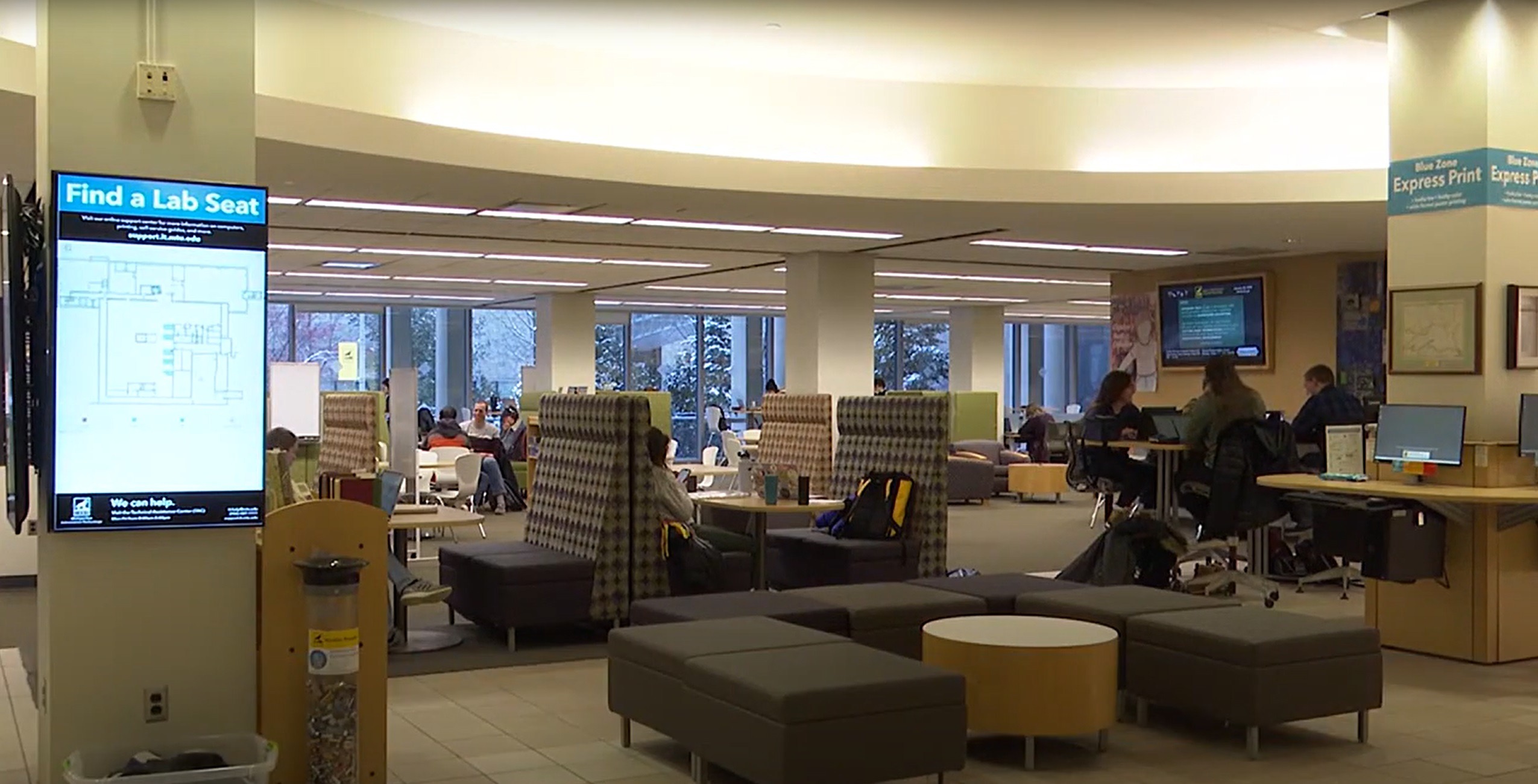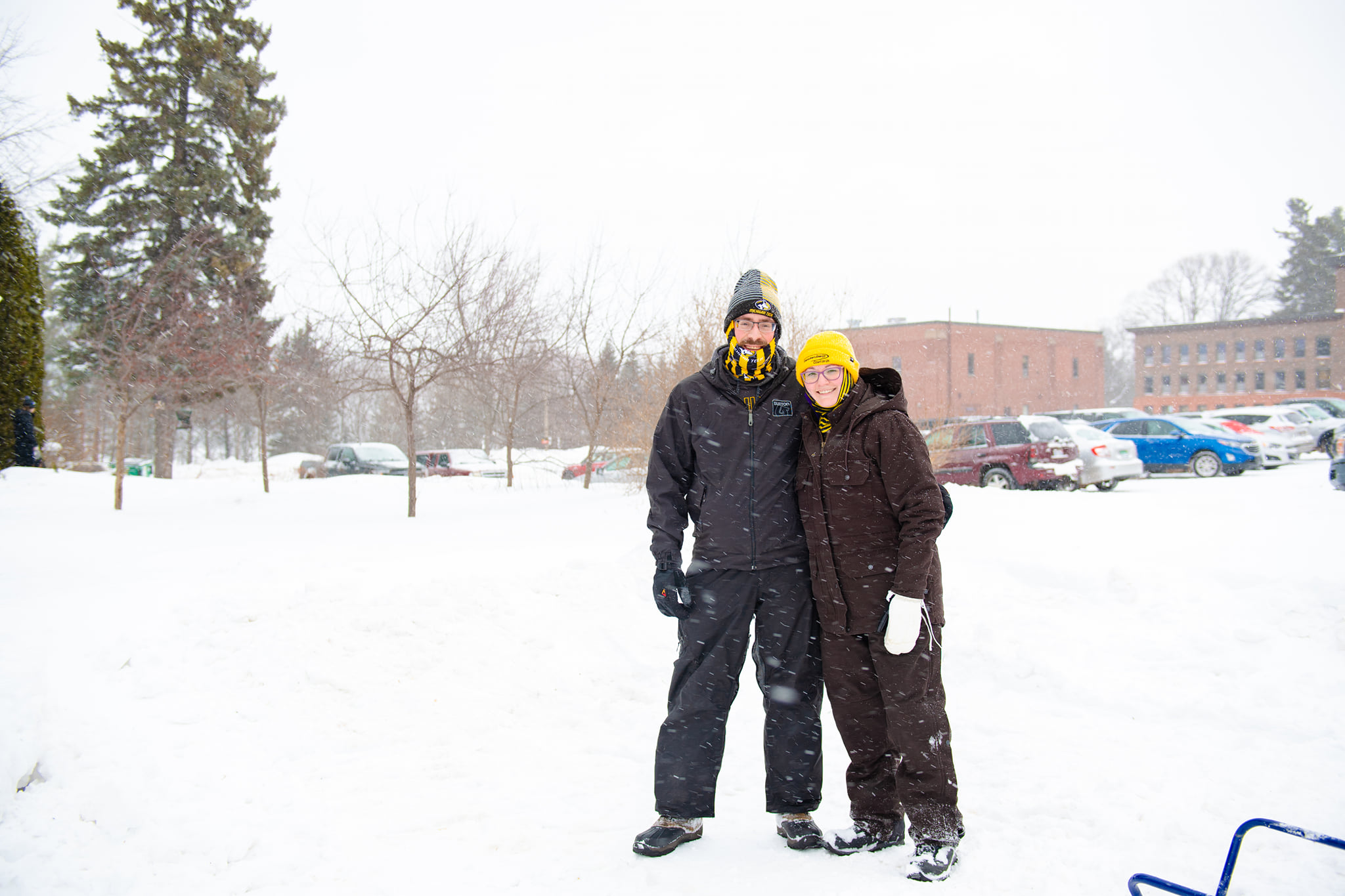Tennis Court Lighting
- Home Page 45

Report
This content is accessible to paid subscribers. To view it please enter your password below or send mike@standardsmichigan.com a request for subscription details.
Lively 200
This is a simply delightful sketch animation of a ballet dancer. I was trying to get some different effects and style effects than usual.
(Prompt in following tweets.)
#Veo2 pic.twitter.com/fyznNWl3Mt— Jason Baldridge (@jasonbaldridge) January 17, 2025
“What art is, in reality, is this missing link, not the links which exist.
It’s not what you see that is art; art is the gap”
— Marcel Duchamp
Today we refresh our understanding of the literature that guides the safety and sustainability goals of lively art and special event setting on the #WiseCampus. Consortia have evolved quickly in recent years, leading and lagging changes in the content creation and delivery domain. With this evolution a professional discipline has emerged that requires training and certification in the electrotechnologies that contribute to “event safety”; among them:
ASHRAE International
Standard 62.1: This standard establishes minimum ventilation rates and indoor air quality requirements for commercial buildings, including theaters and auditoriums.
Standard 55: This standard specifies thermal comfort conditions for occupants in indoor environments, which can have an impact on air quality.
Audio Visual and Experience Association
Entertainment Services and Technology Association
International Code Council
International Building Code: Section 303.2 Assembly Group A-1
Illumination Engineering Society
RP-16-17 Lighting for Theatrical Productions: This standard provides guidance on the design and implementation of lighting systems for theatrical productions. It includes information on the use of color, light direction, and light intensity to create different moods and effects.
RP-30-15 Recommended Practice for the Design of Theatres and Auditoriums: This standard provides guidance on the design of theaters and auditoriums, including lighting systems. It covers topics such as seating layout, stage design, and acoustics, as well as lighting design considerations.
DG-24-19 Design Guide for Color and Illumination: This guide provides information on the use of color in lighting design, including color temperature, color rendering, and color mixing. It is relevant to theater lighting design as well as other applications.
National Center for Spectator Sports Safety and Security
National Fire Protection Association
Life Safety Code
National Electrical Code
Articles 518-540: Arenas, Lecture Halls & Theaters
Society of Motion Picture Technology Engineers
Professional Lighting and Sound Association
Dance and Athletic Floor Product Standards: ASTM F2118, EN 14904, DIN 18032-2
Incumbent standards-setting organizations such as ASHRAE, ASTM, ICC, IEEE, NFPA have also discovered, integrated and promulgated event safety and sustainability concepts into their catalog of best practice titles; many already incorporated by reference into public safety law. We explore relevant research on crowd management and spectator safety.
The circumstances of the pandemic has made “re-rationalization” of education community spaces an urgent priority. Today at 15:00 UTC we pick through the concepts in play. Use the login credentials at the upper right of our home page.
More
International Code Council (N.B. Changes to its Code Development Process)
International Building Code: Entertainment Occupancies
Section 410: Stages, Platforms and Technical Production Areas
National Electrical Code: Articles 518 – 540
Code-Making Panel 15 (NEC-P15): Public Input Report 10/1/2020
Code-Making Panel 15 (NEC-P15): Public Comment Report 11/18/2021
ASHRAE 62.1 Ventilation for Acceptable Indoor Air Quality
Princeton University: Set Design & Construction
Building the Virtual Stage: A System for Enabling Mixed Reality Theatre
University of California: Special Effects Safety and Loss Prevention
Solar Panels on King’s College Chapel Roof
“…The solar panels will populate the gothic chapel roof, producing an approximate 105,000 kWh of energy a year – enough to run the chapel’s electricity, and saving around £20,000 in energy bills per year. The college confirmed that any excess energy would be sold off to the national grid.
Solar Panels on King’s College Chapel Roof
Solar panels perform better when listening to music:
A 2013 study by researchers at Imperial College London and Queen Mary University of London showed that solar panels actually work better when exposed to music, of multiple genres. Scientists at the university proved that when exposed to high pitched sounds, like those found in rock and pop music, the solar cells’ power output increased by up to 40 percent. Classical music was also found to increase the solar cells’ energy production, but slightly less so than rock and pop, as it generally plays at a lower pitch than pop and rock. Whether they know it or not, British band Coldplay are just one of the artists benefitting from this research. During their 2021 tour, they installed solar photovoltaic panels in the build-up to each show, “behind the stage, around the stadium and where possible in the outer concourses”…
BS 7671 Requirements for Electrical Installations
The Major Differences in Electrical Standards Between the U.S. and Europe
Representative Calculation: (WAG)
To determine how much electrical power and lighting 12 kilowatts (kW) will provide for an educational facility, we need to consider the following factors:
-
- Power Distribution: How the 12 kW will be distributed across different electrical needs such as lighting, computers, HVAC (heating, ventilation, and air conditioning), and other equipment.
- Lighting Requirements: The specific lighting requirements per square foot or room, which can vary based on the type of facility (classrooms, libraries, laboratories, etc.).
- Efficiency of Lighting: The type of lighting used (e.g., LED, fluorescent, incandescent) as this affects the power consumption and lighting output.
We start with lighting.
-
- Lighting Efficiency:
- LED lights are highly efficient, typically around 100 lumens per watt.
- Fluorescent lights are less efficient, around 60-70 lumens per watt.
- Lighting Power Calculation:
- 12 kW (12,000 watts) of LED lighting at 100 lumens per watt would provide: 12,000 watts×100 lumens/watt=1,200,000 lumens
- Illumination Requirements:
- Classroom: Approximately 300-500 lux (lumens per square meter).
- Library or laboratory: Approximately 500-750 lux.
- Area Coverage:
- If we target 500 lux (which is 500 lumens per square meter), we can calculate the area covered by the lighting: (1,200,000 lumens)/ 500 lux=2,400 square meters
- Lighting Efficiency:
Now we need to allocate power to other loads.
-
- Lighting: Assuming 50% of the 12 kW goes to lighting:
- Lighting Power: 6 kW (6,000 watts)
- Using the previous calculation: 6,000 watts×100 lumens/watt=600,000 lumens
- Area Coverage for lighting (at 500 lux): (600,000 lumens)/500 lux=1,200 square meters
- Other Electrical Needs:
- Computers and equipment: Typically, a computer lab might use around 100 watts per computer.
- HVAC: This can vary widely, but let’s assume 4 kW is allocated for HVAC and other systems.
- Lighting: Assuming 50% of the 12 kW goes to lighting:
Breakdown:
-
- Lighting: 6 kW
- Computers/Equipment: 2 kW (e.g., 20 computers at 100 watts each)
- HVAC and other systems: 4 kW
Summary
-
- Lighting: 12 kW can provide efficient LED lighting for approximately 1,200 square meters at 500 lux.
- General Use: When distributed, 12 kW can cover lighting, a computer lab with 20 computers, and basic HVAC needs for a small to medium-sized educational facility.
The exact capacity will vary based on specific facility needs and equipment efficiency.
Audio Standards
“The voice of the intellect is a soft one,
but it does not rest until it has gained a hearing.”
— Sigmund Freud
The education industry provides a large market for occupancy classes — athletic stadiums, student assembly spaces, performance theaters, large lecture halls– that depend upon effective audio systems*. To an unexpected degree the structural engineering, specification of materials and electrical system design and operation is informed by acoustical considerations. So does the integration of fire safety and mass notification systems into normal state enterprises so it is wise to follow and, ideally, participate in leading practice discovery and promulgation of audio standards.
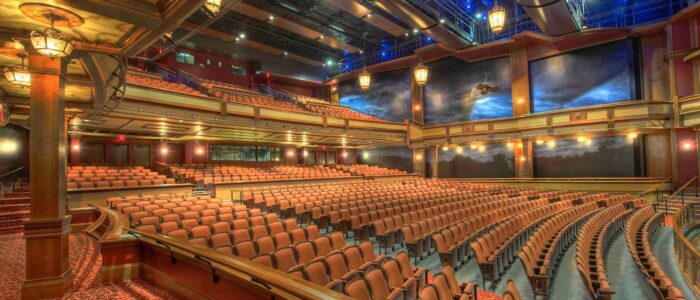

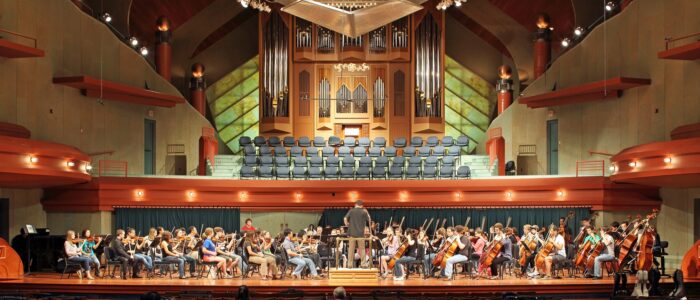
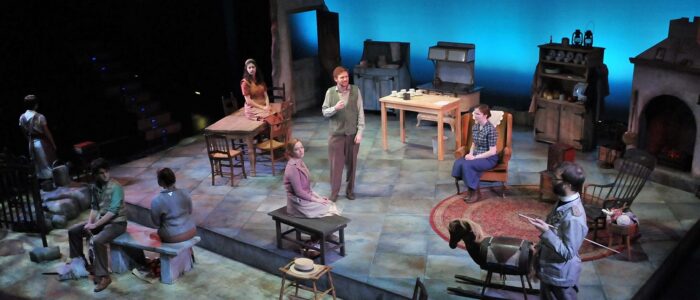
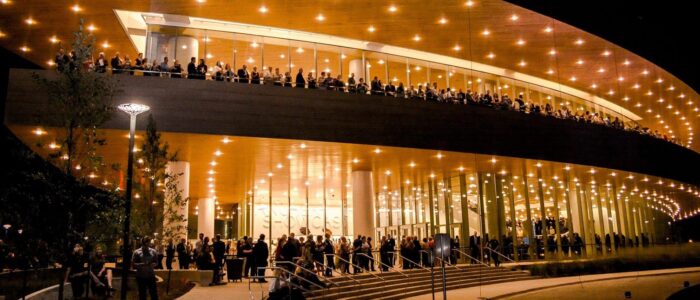

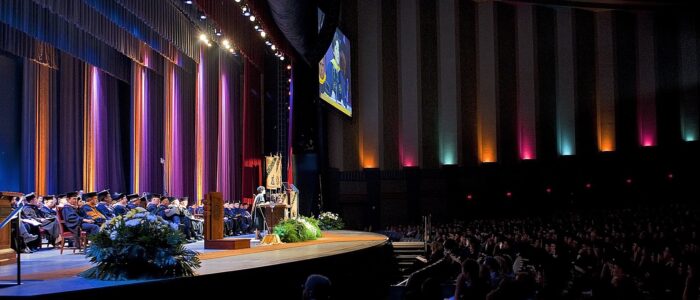
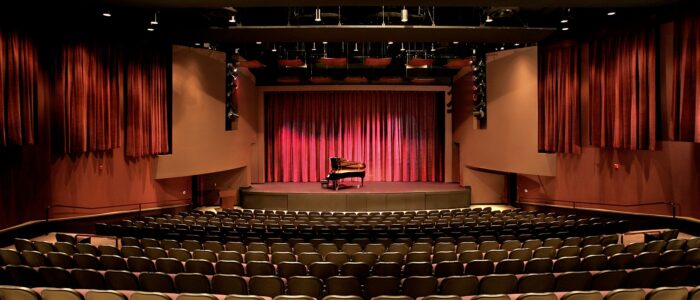
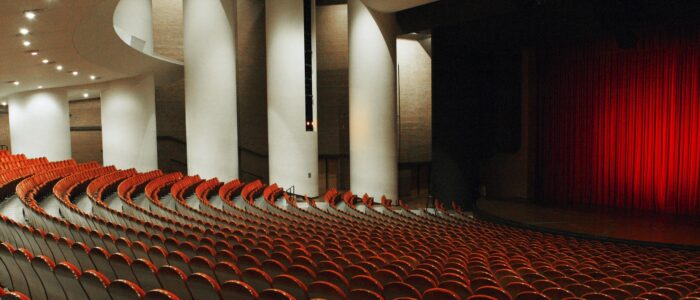
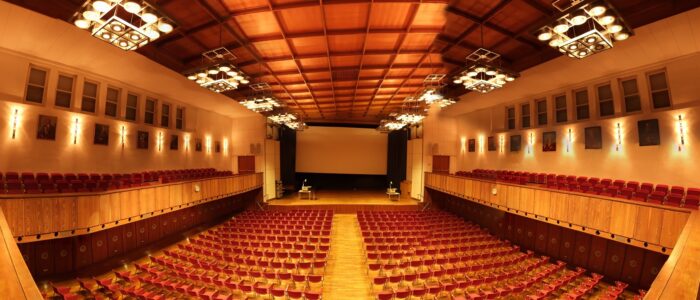

The Audio Engineering Society — one of the first names in this space — has a due process platform that welcomes public participation. All of its standards open for public comment completed their revision cycle mid-November as can be seen on its standards development landing page below:
Note that AES permits access to those revision even after the comment deadline. You are encouraged to communicate directly with the Direct communication with the standards staff at Audio Engineering Society International Headquarters, 551 Fifth Avenue, Suite 1225, New York NY 10176, Tel: +1 212 661 8528
We keep the AES suite on the standing agenda of our periodic Lively Arts teleconference. See our CALENDAR for the next online meeting.
This facility class is one of most complex occupancy classes in education facilities industry so we also collaborate with experts active in the IEEE Education & Healthcare Facilities Committee. Much of the AES suite references, and borrows from, International Electrotechnical Commission system integration and interoperability standards. The IEEE E&H committee meets online again four times monthly in European and American time zones. The meeting dates are available on the IEEE E&H website

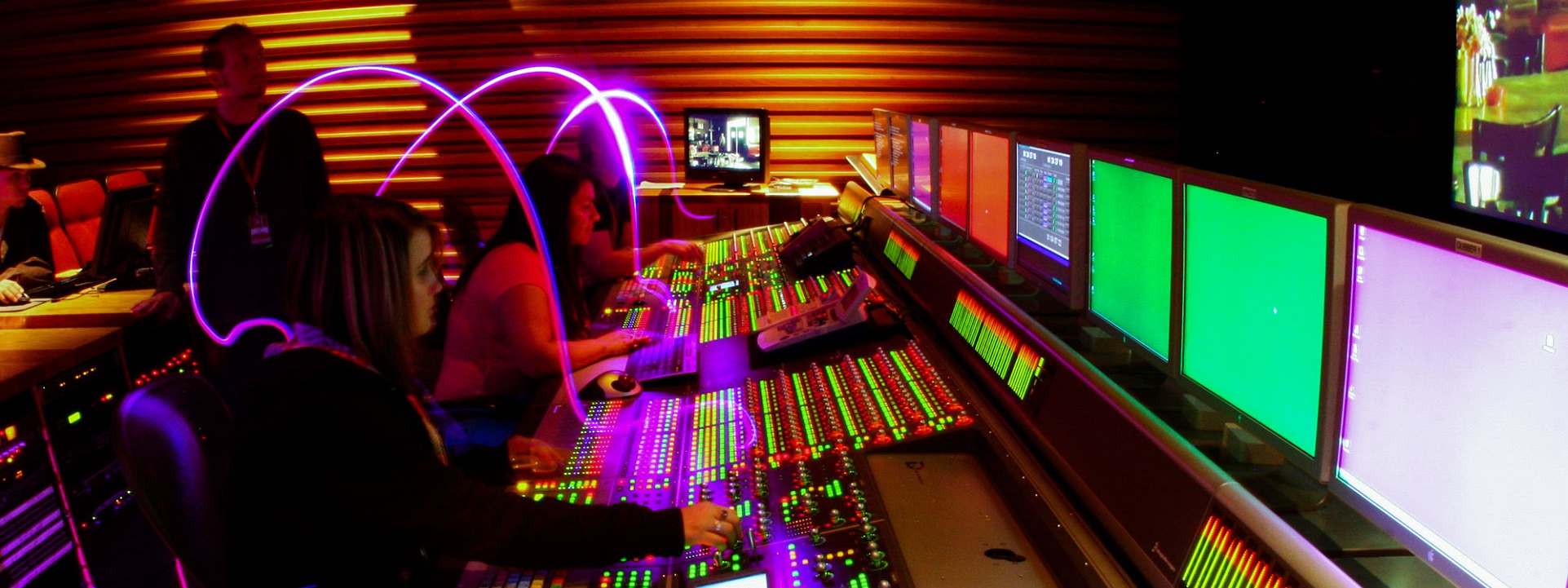

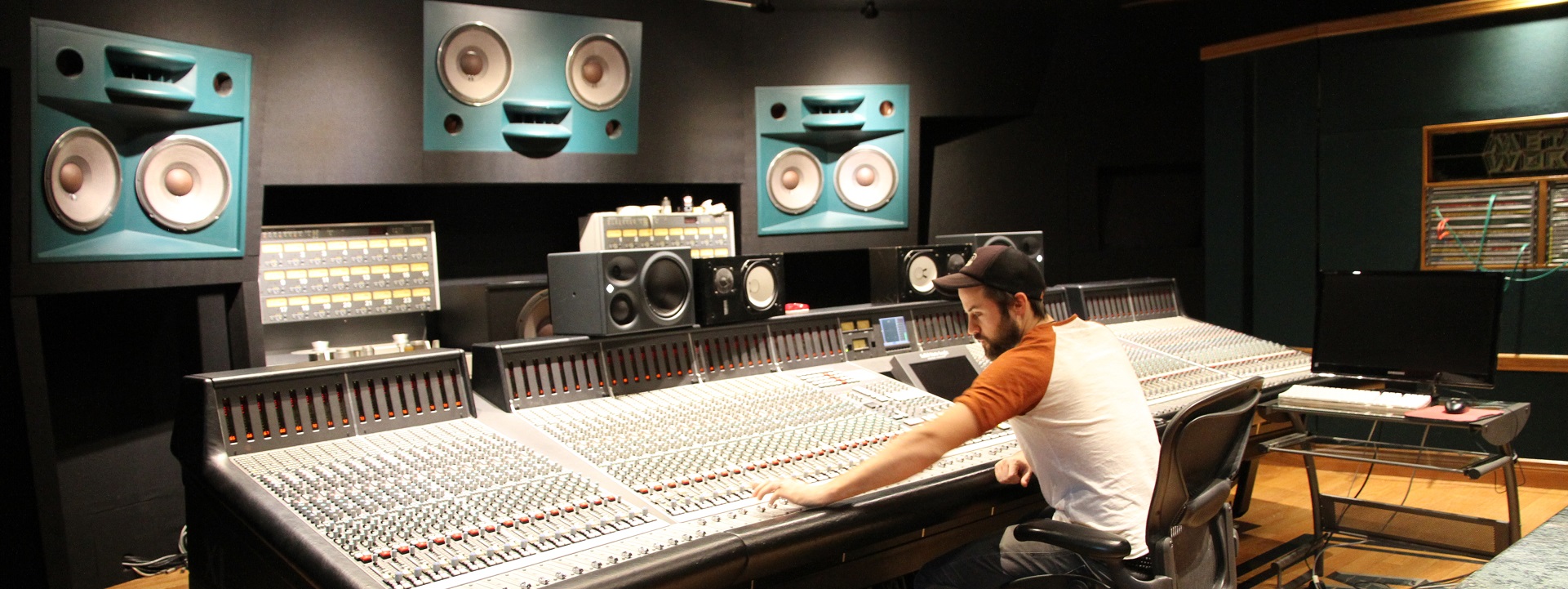
Issue: [19-23]
Category: Electrical, Academic, Athletics, Fire Safety, Public Safety, #WiseCampus
Contact: Mike Anthony, Jim Harvey
*Mass notification systems are governed by NFPA 72 and, while life safety wiring is separate from other wiring, the management of these systems involve coordination between workgroups with different business objectives and training.
LEARN MORE:
The AES welcomes new Executive Director, Colleen Harperhttps://t.co/r7DfPp6wfE#AESorg #proaudio #audioengineer pic.twitter.com/nTKBf8oHeR
— Audio Engineering Society (@AESorg) January 16, 2019
Eagles’ Nest
This content is accessible to paid subscribers. To view it please enter your password below or send mike@standardsmichigan.com a request for subscription details.
Home Economics
Today at the usual hour we review the standards, codes, regulations and best practice literature for the safety and sustainability of facilities for teaching skills needed for supporting families.
You could hear a pin drop in this room 📌 So focused practicing for their exam 🧑🏻🍳 pic.twitter.com/lHw20avgnL
— Miss Dunne (@MissDunne1042) December 3, 2024
New update alert! The 2022 update to the Trademark Assignment Dataset is now available online. Find 1.29 million trademark assignments, involving 2.28 million unique trademark properties issued by the USPTO between March 1952 and January 2023: https://t.co/njrDAbSpwB pic.twitter.com/GkAXrHoQ9T
— USPTO (@uspto) July 13, 2023
Standards Michigan Group, LLC
2723 South State Street | Suite 150
Ann Arbor, MI 48104 USA
888-746-3670


